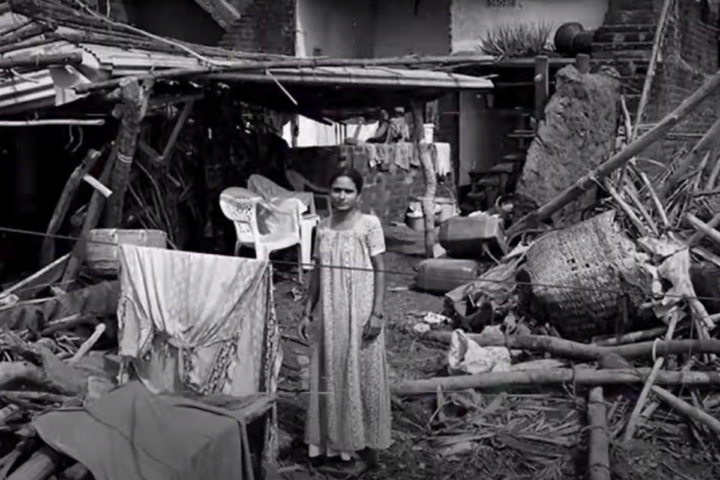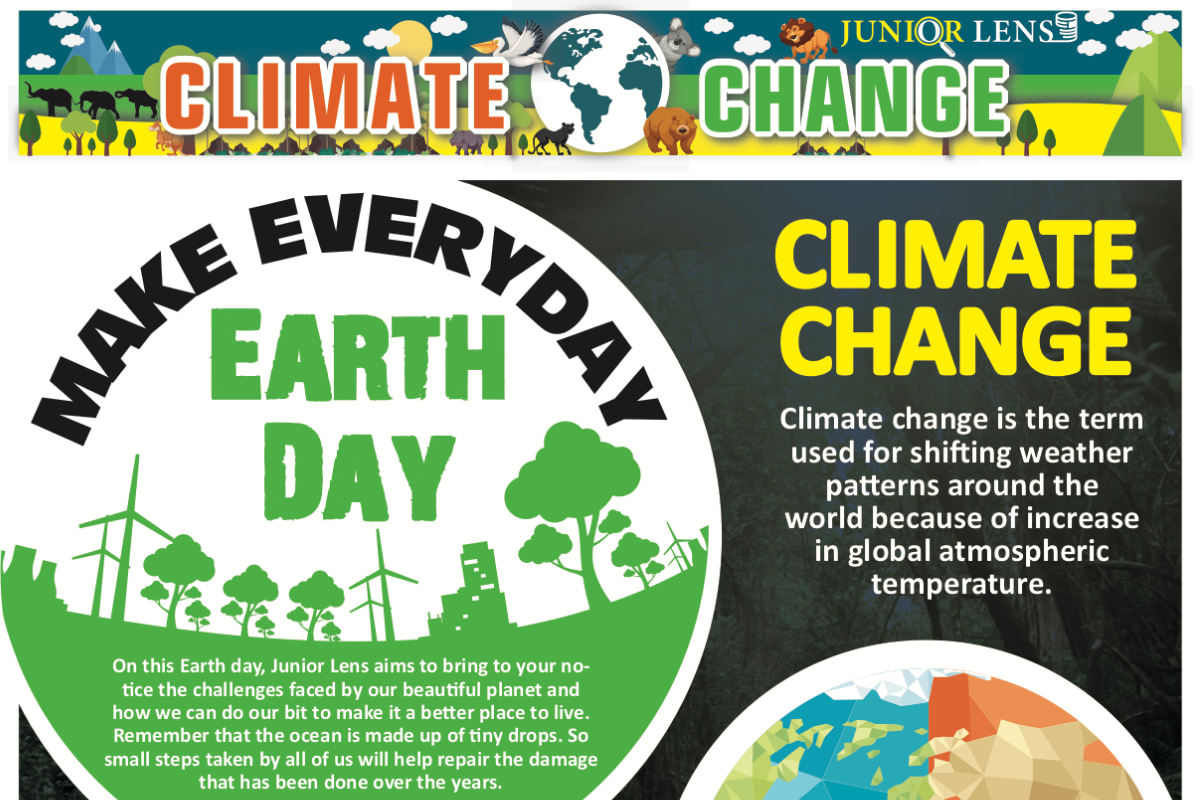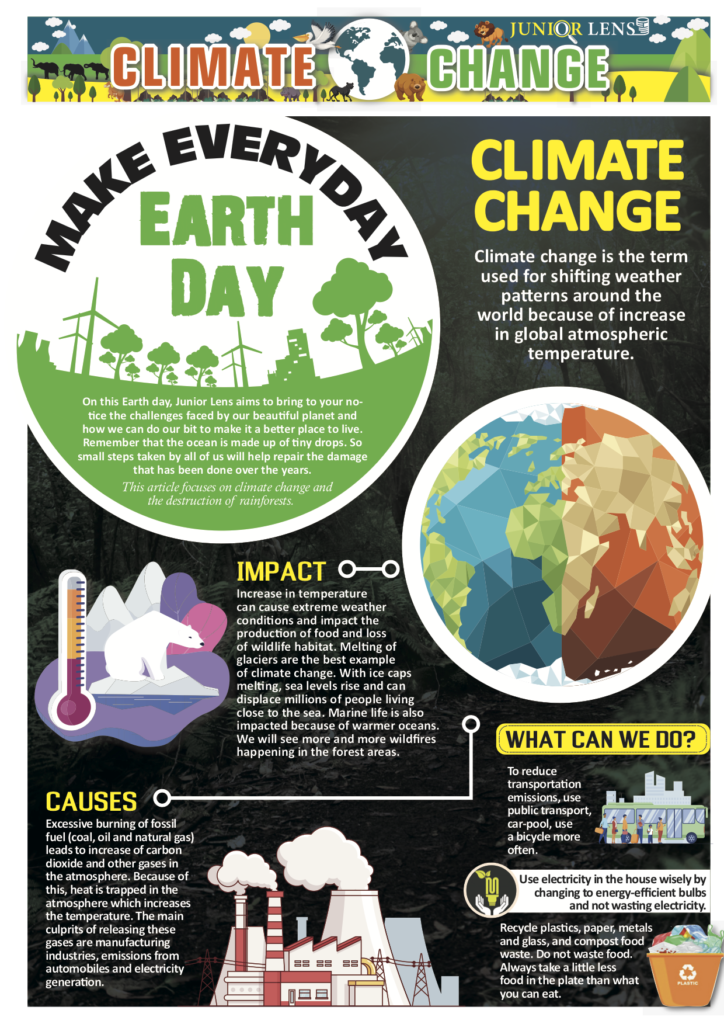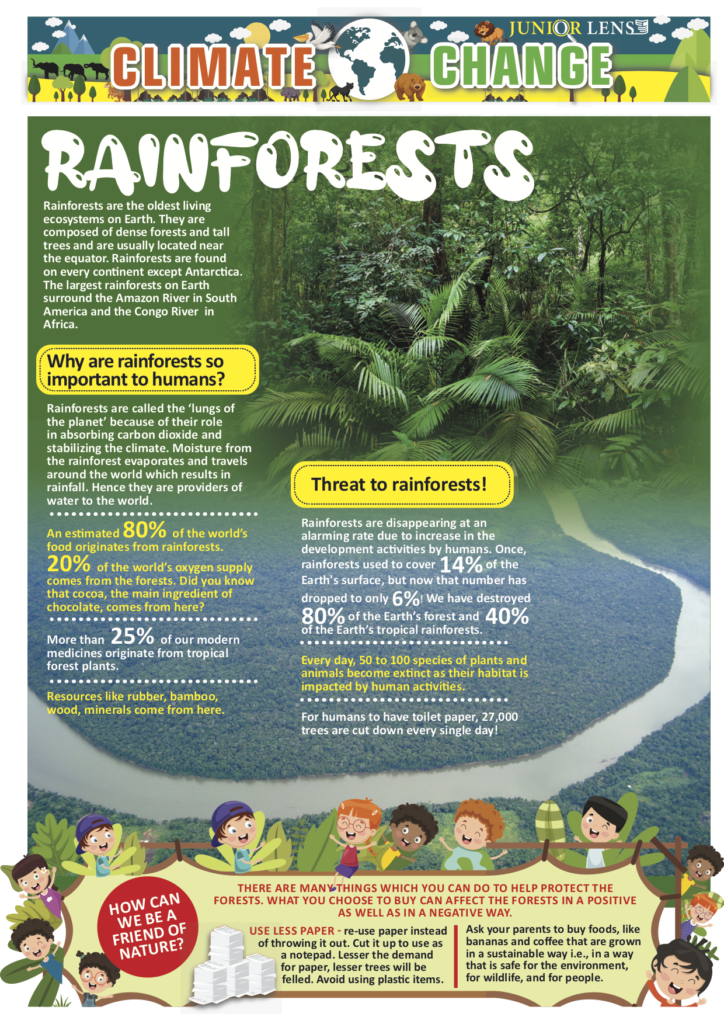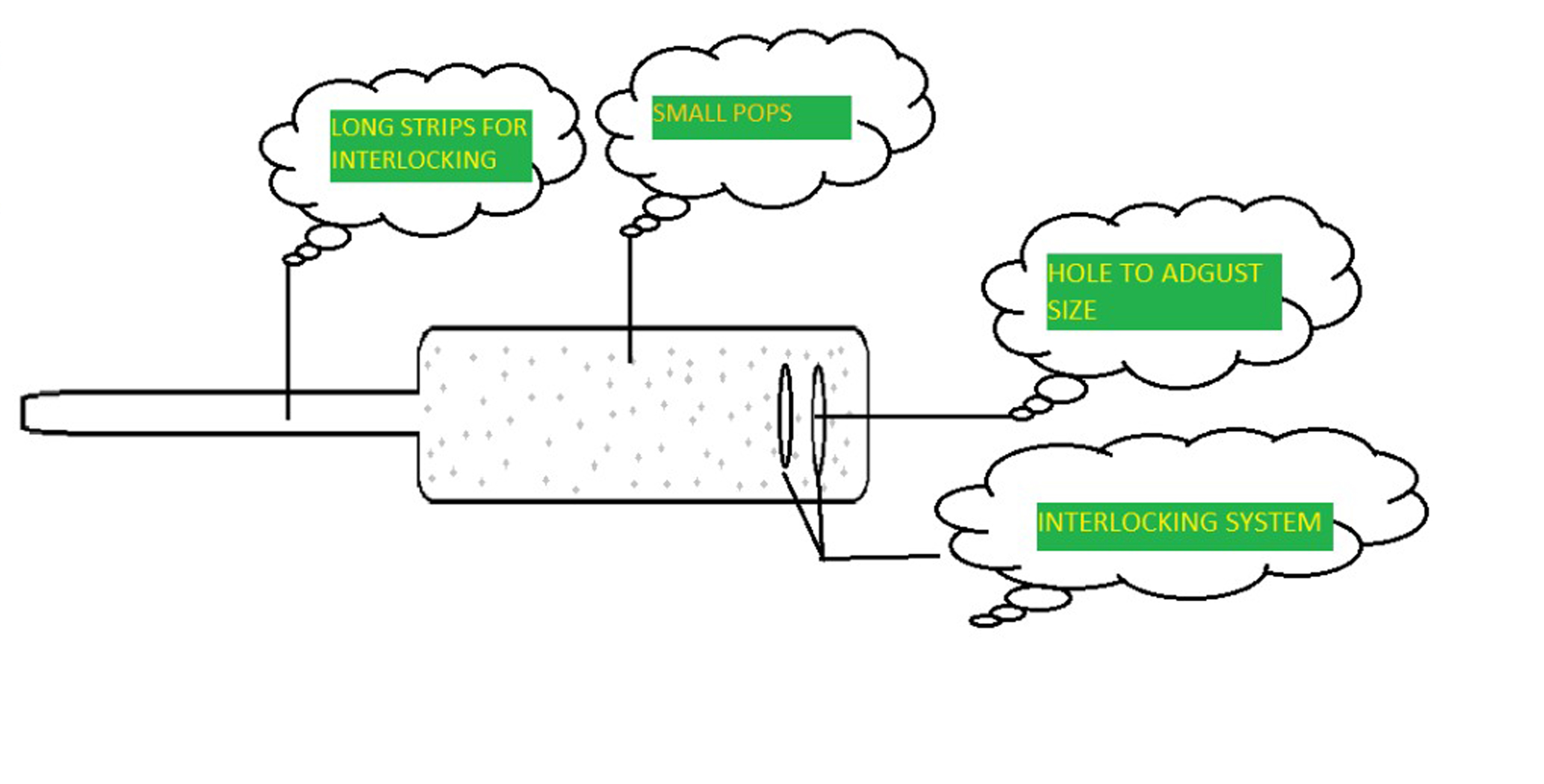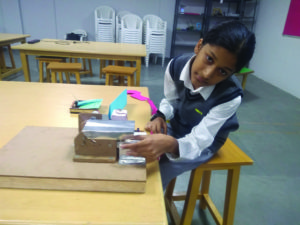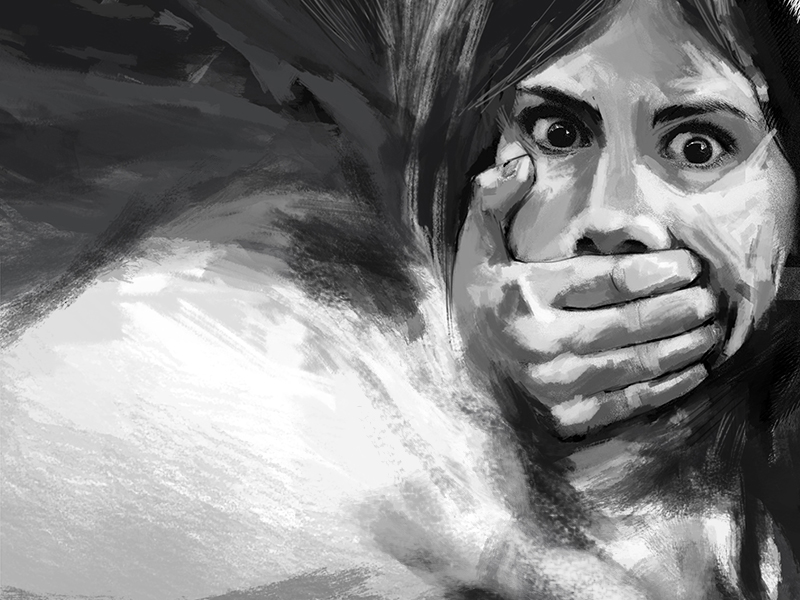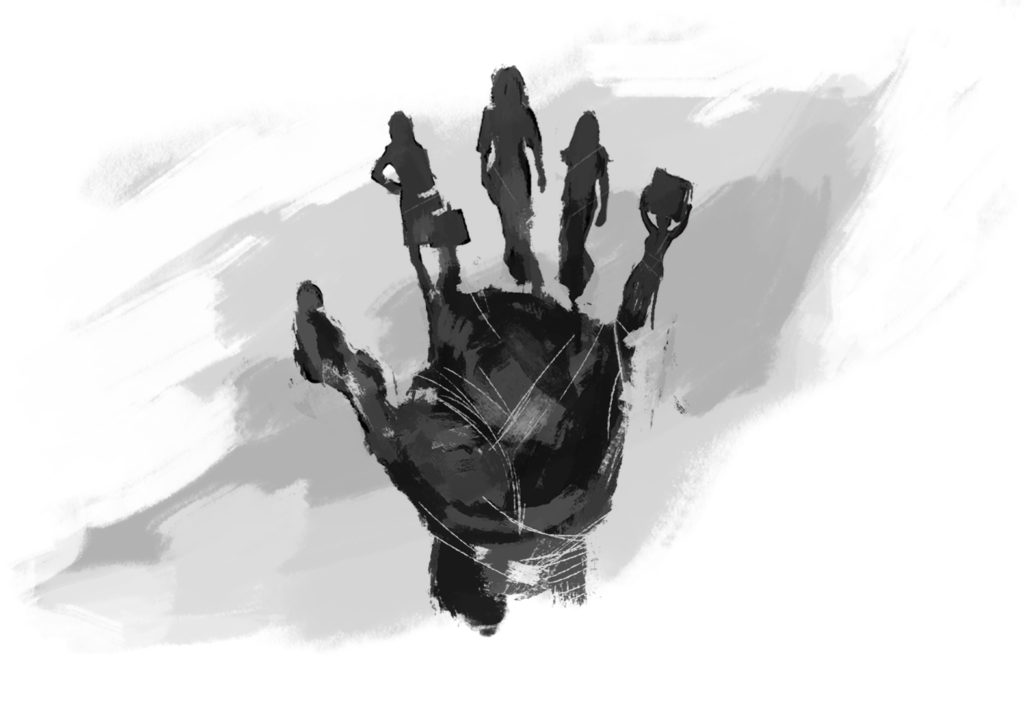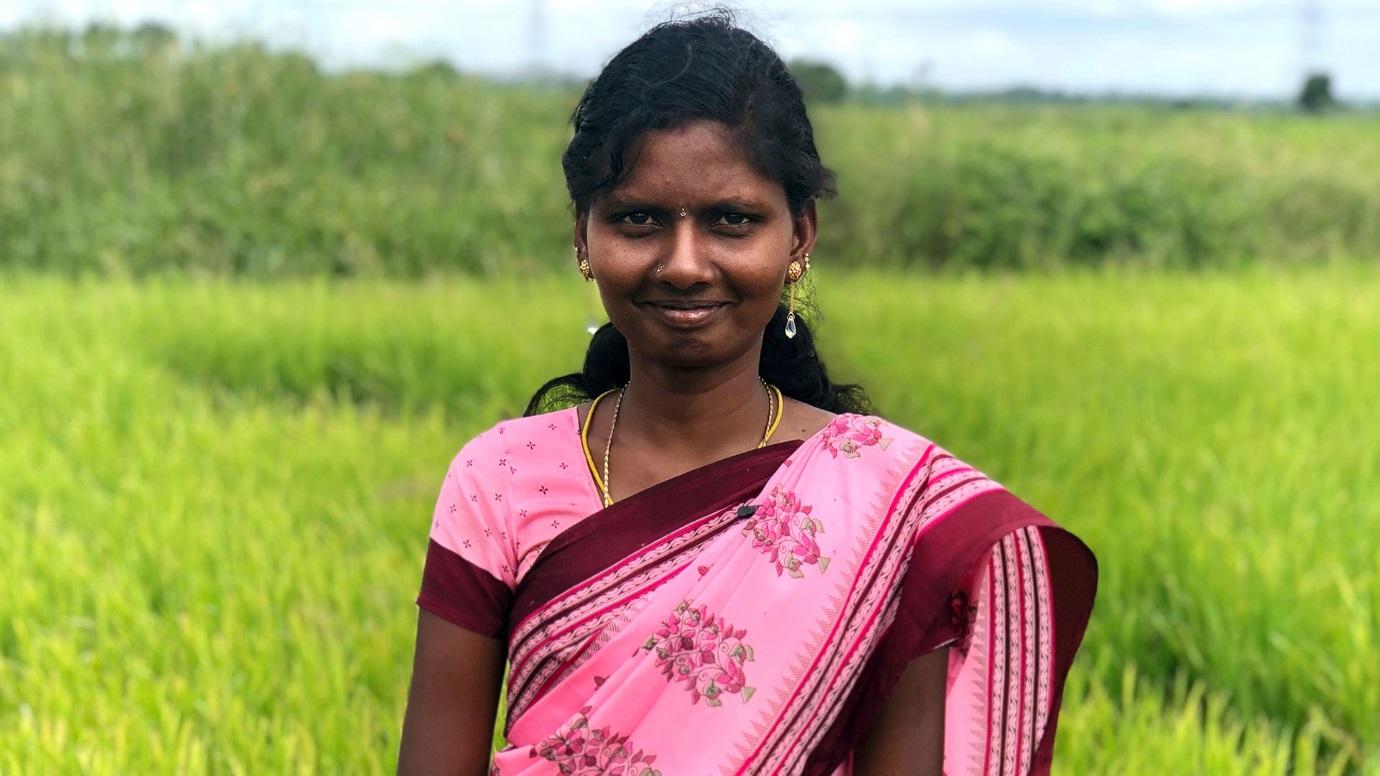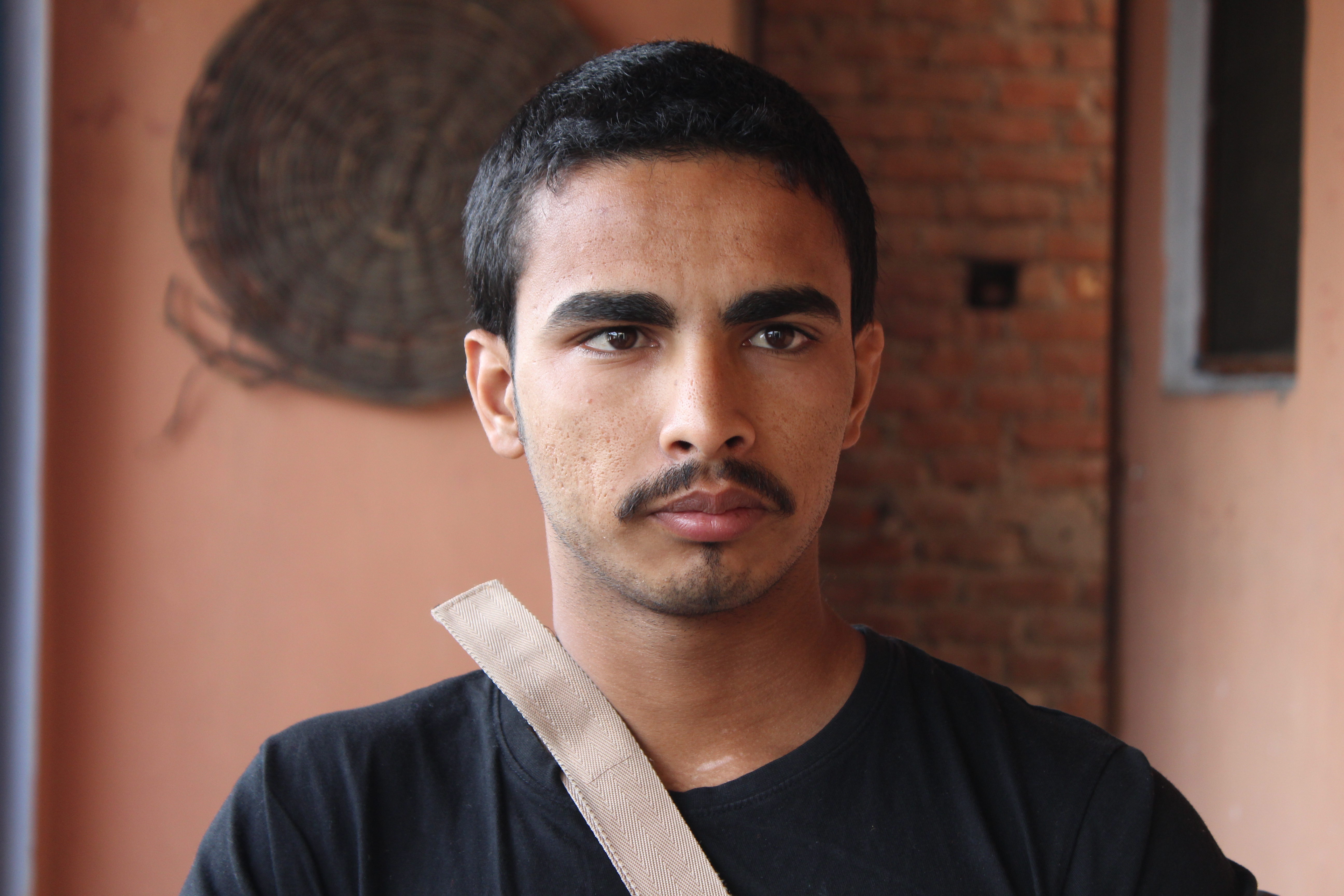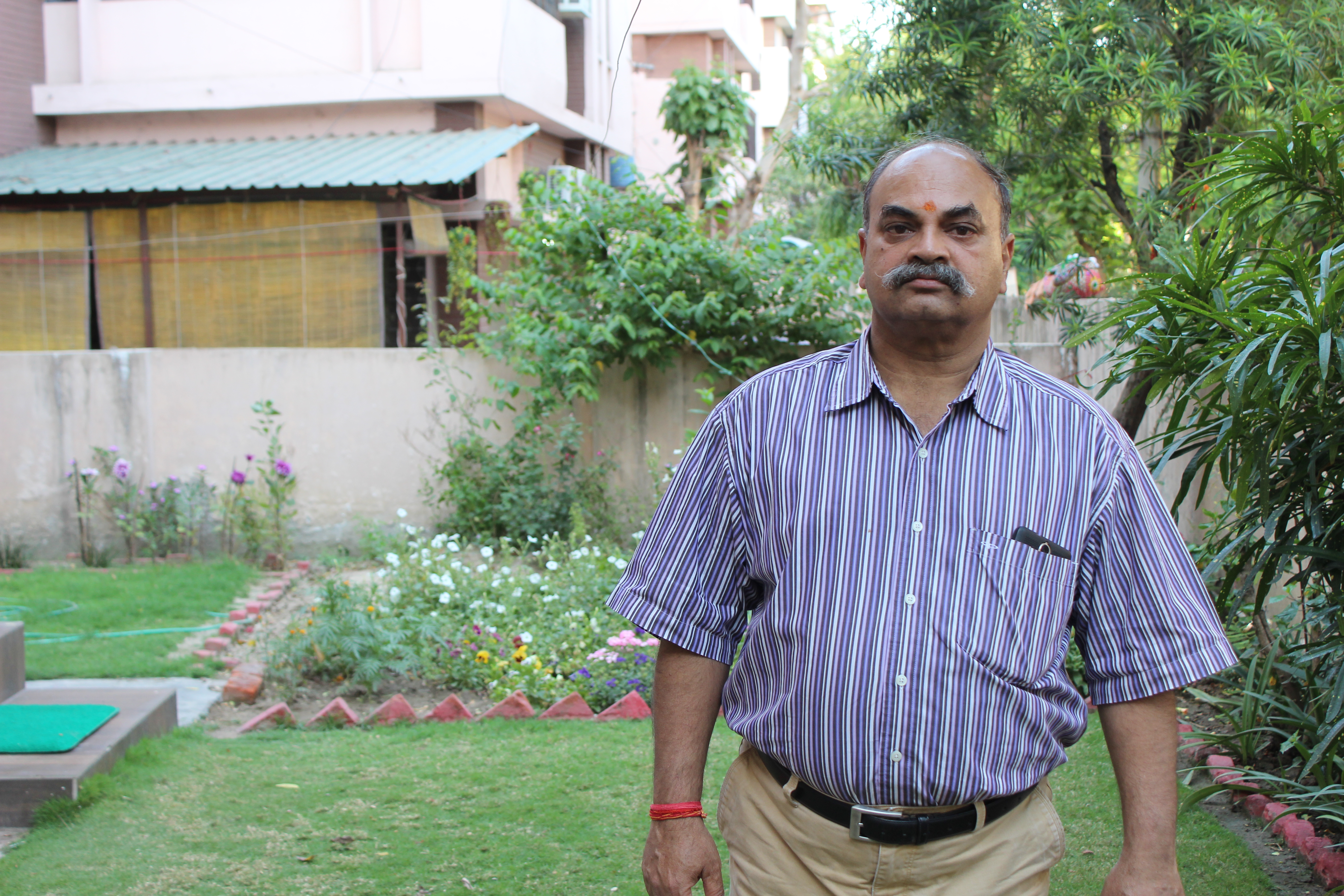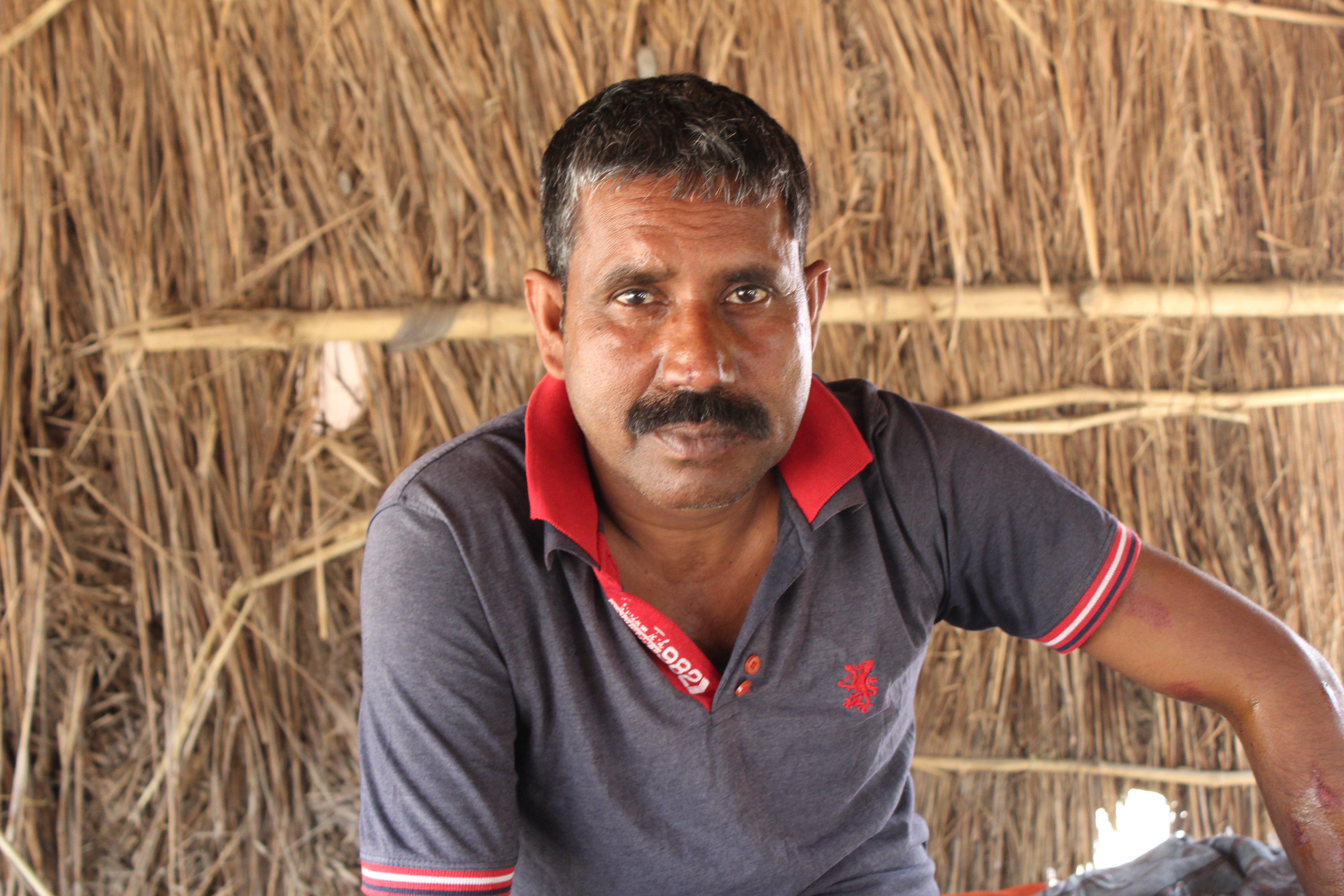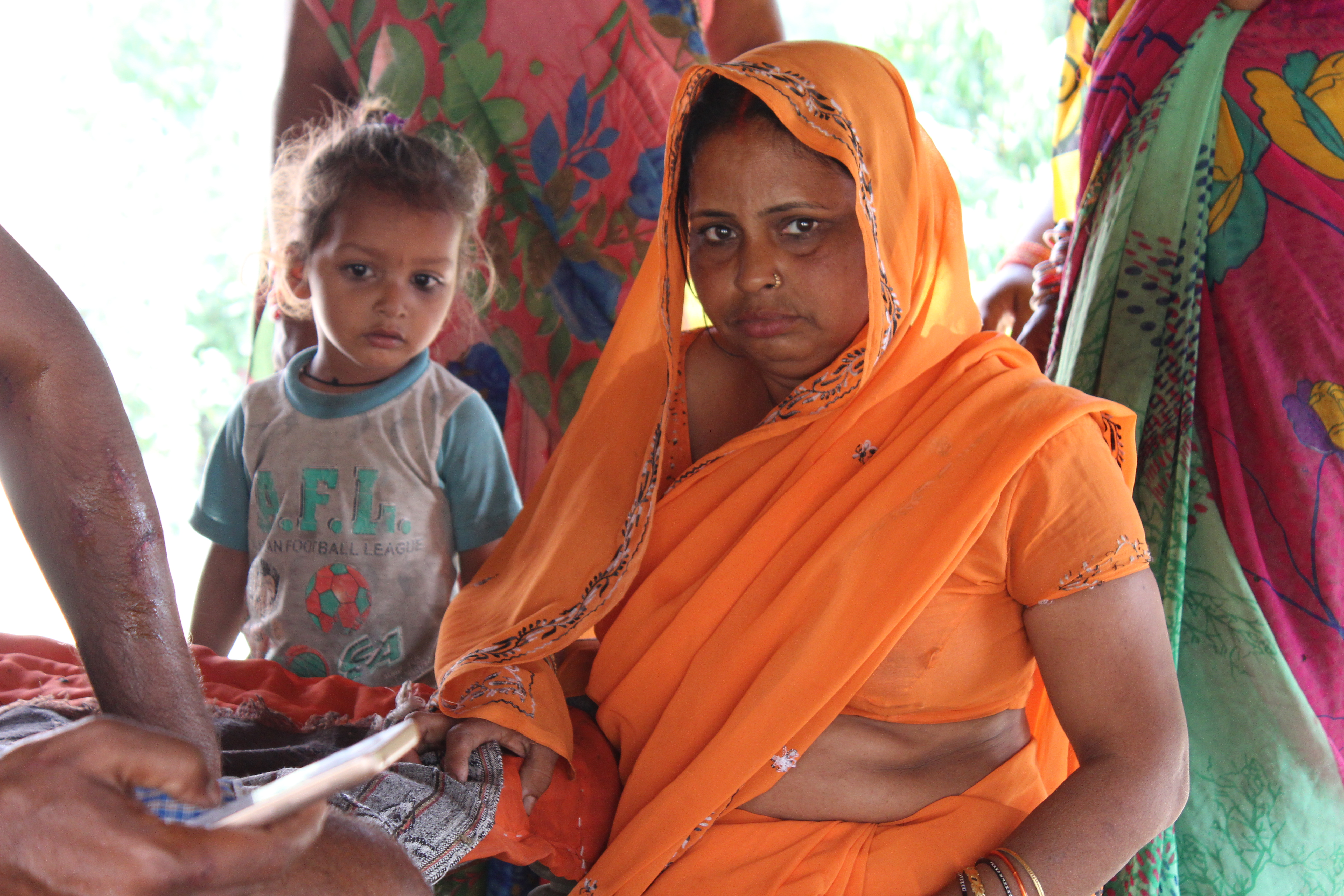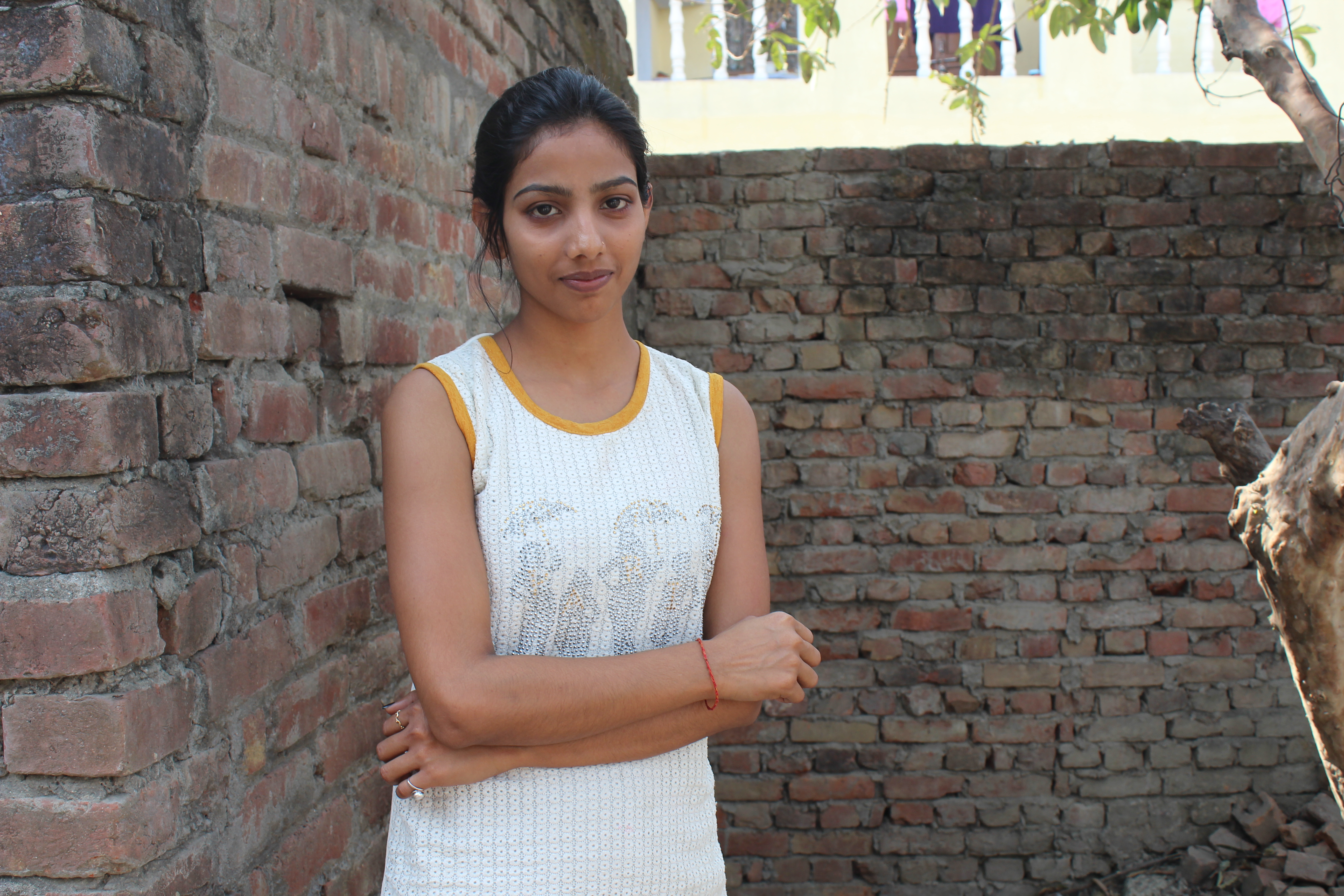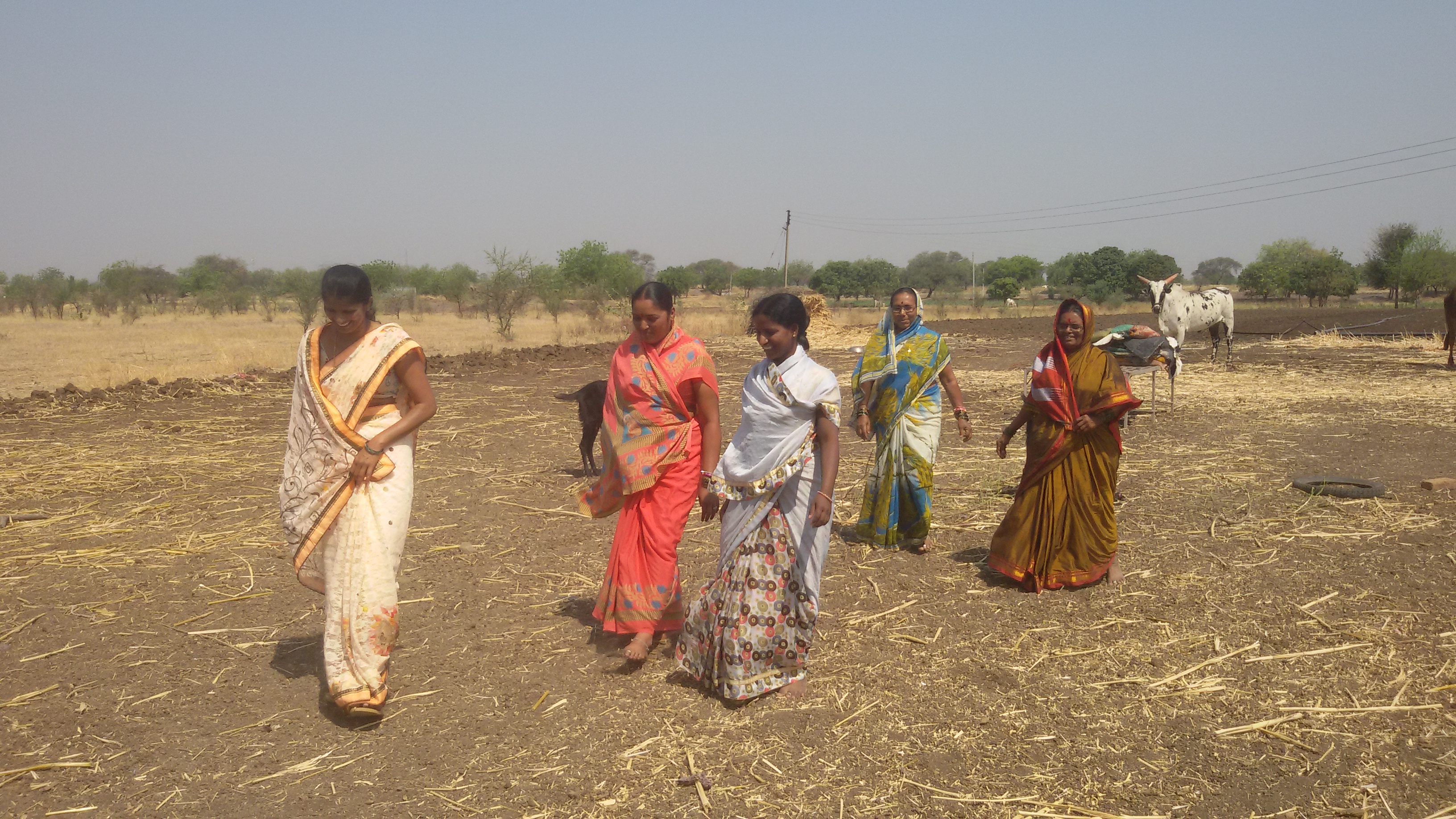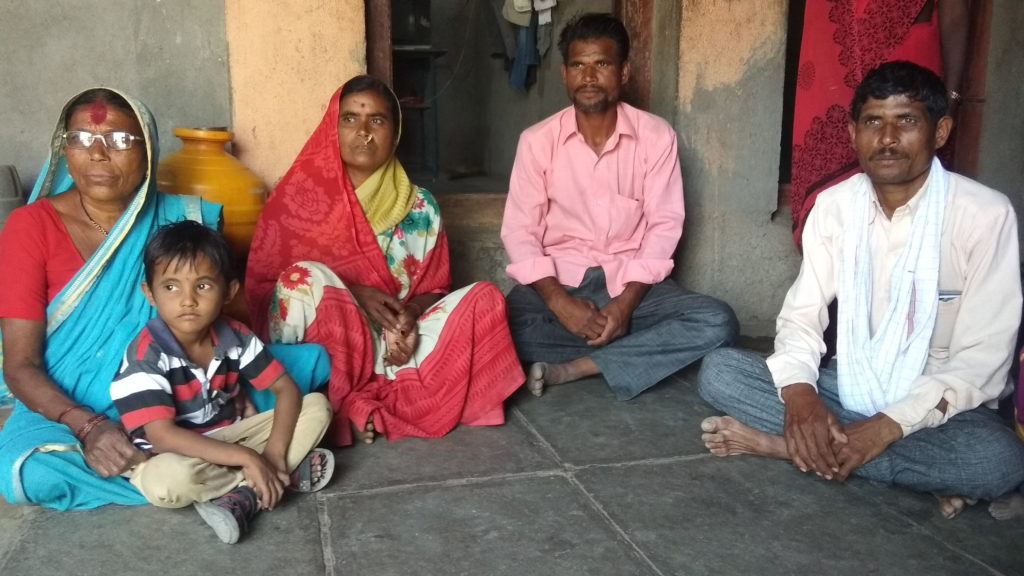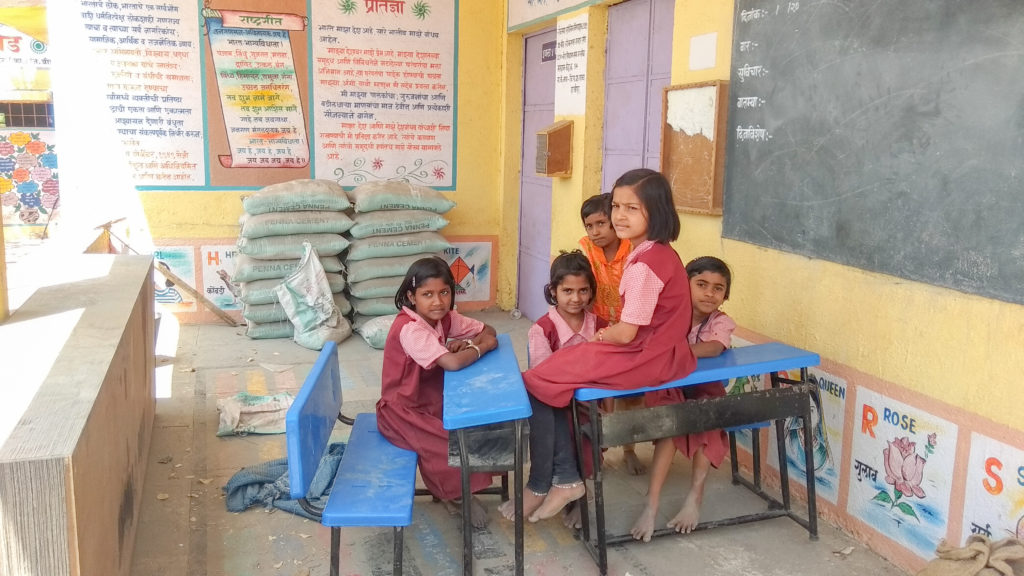(Video Editor & Animator: Rahul Sanpui)
A plastic sheet tethered under a banyan tree is what Prashanto Mondol, his wife and two young daughters call home. Prashanto, a resident of Ghoramara Island in the Sundarban delta of West Bengal, was once a self-sufficient farmer. As cyclone Yass ravaged the eastern coast of India on 26 May 2020, it took with it Prashanto’s home, all his money and rice grains that could’ve fed his family for the next year. It also took with it, a part of Ghoramara, an island now a fraction of its actual size, as rising sea levels and calamitic weather events frequented the Sundarbans over the last few years.
Ghoramara and Mousuni, another island in the Sundarbans delta, is slated to go underwater in the next 6 years or even sooner. Research by climate scientists that dates back to the 1980s have predicted that if climate change continues unabated, then soon, all of Sundarbans will be underwater. And like, Prashanto, about 4.5 million people living in the delta, will be soon be homeless, with no mitigation plan in sight.
The Sinking Islands Of Sundarbans
The Sundarbans delta – formed by the confluence of the Ganga, Bharamputra and Meghna rivers, as they flow into the Bay of Bengal – is spread over 40,000 hectares across India and Bangladesh.
Of this, about 10,00 acres form the Sundarbans Forest, the largest mangrove habitation in the world. In 1987, the Sundarbans was declared a UNESCO World Heritage Site.
The delta consists of 200 islands of which 54 are inhabited.
The mangroves in the Sundarbans act as key balance between humans and nature. The roots of the mangrove trees hold on to the soil, preventing it from being washed away by tides. The mangrove cover also acts as an ecological barrier that breaks strong cyclonic winds and storms.
However, rampant deforestation, faulty planning and land-use patterns have destroyed the mangrove cover of the Sundarbans. At the same time, global warming caused by climate change has increased the intensity and frequency of calamitic cyclonic events. Since cyclone Aila in 2009, the Sundarbans has been hit by devastating cyclones one after the other.
The area has dealt with 13 of the 23 most devastating cyclones in the world.
A 2007 study by Jadavpur University said that just in the last 30 years, the Sundarbans have shrunk by 80 square kilometers.
While at the time it seemed like abstract statistics, weather events in the past years have proved otherwise. For the people of the Sundarbans, doomsday is here and it is real.
In Ghoramara, A Tale of Loss & Despair
The Quint visited Ghoramara and Mousuni about a month after cyclone Yass. Even then, the residents of both these islands, depended entirely of charity for food and even drinking water.
Ghormara once had a population of 40,000 people. Now, it houses just about 2,000 people, most of whom are on their way out.
The only way to get to both these islands is by ferries, which are timed according to high tide and weather conditions.
As we get off our ferry and onto Ghoramara, it looks like one has stepped into an apocalypse. A man, who looked like he was in his 40s, and a not in the best mental state, caught hold of us soon after, unable to control his emotions. He showed us sacks of rice grains that had been abandoned by those in Ghoramara.
The stinking rice sacks still contain the blackened rice that was destroyed as Yass hit the island and broke embankments, submerging everything.
It was this man who led us to Proshanto.
Proshanto’s family has been living in Ghoramara for three generations. He tells us how his ancestors accumulated 50 bighas of land over the years. Now, he has a little over 7 bighas left. The water has consumed all else.
“I can see that Ghoramara is shrinking”, he tells us.
Prashanto also says that nature, once their best friend, has changed over the years.
“We didn’t realise that Yass would be this bad”, says Proshanto. “We thought it’d bypass the area.”
“We were prepared for a small quall, but soon we saw that the water had breached the village boundary. Soon, everything was submerged. We didn’t even have time to reach the shelter. There was a temple on the way. We climbed atop a tree next to it and tied our goats to the roof of the temple. We spent the night on top of the tree.” – Prashanto Mondol, resident of Ghoramara
Like most residents of Ghoramara, Proshanto is trying to salvage what is left of his belongings. The plan is to now look for a job in a state like Kerala where most young men from the Sundarbans go in search of work.
“I will have to go find work somewhere. Obviously staying here is not an option. I don’t know what I’ll do. Maybe a hawker or a daily-wage labourer. I have two small kids. I don’t know what to do about them or their education. I don’t know to get the money to settle elsewhere. I really can’t think of anyway to get out of this situation”, rues Proshanto.
Hotels For The Homeless In Mousuni
The island of Mousuni is more populated than Ghoramara. It is also a popular tourist location in the Sundarbans. However, since cyclone Amphan hit the Sundarbans in 2020, the pristine beaches of Mousuni have been deserted.
When the seas were friendlier, makeshift huts along the beaches served as hotels for tourists, promising to give them the “rustic Sundarbans experience”.
Now, these huts lie destroyed and empty, but still serve a purpose. They give refuge to the homeless in Mousuni after cyclones like Yass.
Sheikh Shah Alam, who we met during our visit to Mousuni, is one such person.
Alam, like Proshanto, has two daughters. The eldest of them is in class 12. During Yass, all her books were washed away and her school doubled up as a refugee camp. When Alam and his family got back to where his hut used to be once the cyclone abated, they found nothing but rubble.
“We have no option but to live next to the broken embankments now. No one can live here like humans. We have to live like animals, scavengers.” – Sheikh Shah Alam, resident of Mousuni
Alam points out an interesting trend from all the times him and his family have endured cyclones. While evacuation are done, he says, rehabilitation is very shoddy and never a part of the plan.
“No one will understand the plight of not having a home. We stay in one place for a few days, then another for a few days. People turn us away saying go back to your land. The schools we seek shelter in ask us to go away once the weather becomes clearer. But where do I go? There’s nothing to go back to”, says Alam.
“Cyclone Amphan ruined our home last year. We repaired it. Now its gone again”, he adds.
Sinking Sagar
As the islands in the Sundarbans were devastated by one cyclone after the other, a crucial policy question emerged. Where do the homeless go?
The answer, until now, was the Sagar Island.
Sagar is located higher from the sea than the other islands of the Sundarbans and has more jobs, better roads and a bustling economy. It also houses the famous Gangasagar Mela, a pligrimage festival that sees lakhs of devotees attend each year.
Those from Ghoramara, Mousuni and other such islands of the Sundarbans, once rendered homeless, move to Sagar. While some use their last chunk of wealth to make the move, others are rehabiliated by the government.
However, housing this refugee crisis has been expensive for Sagar, putting undue pressure on its land and resources. Since 2011, the population of Sagar has increased 20 percent and the island, in general, has suddenly become more vulnerable to natural calamities. After Yass, it was there for all to see – Sagar is sinking too.
This realisation has hit those like Sahadeb most.
Sahadeb was earlier a resident of Lohachura, an island in the Sundarbans which sank in 2006. It was the first human inhabited island in the world to go underwater. Sahadeb shifted to Sagar in 1977 after everything Lohachura was lost to the water.
Now Yass has destroyed Sahadeb’s second home too.
“We owned 55 bighas of land in Lohachura. Slowly, the river took everything. When we came here in 1977, we did odd jobs to make ends meet. We had a few years of happiness after we finally built our home. Now it’s all gone”, says Sahadeb, as he breaks down.
“Only God knows where we can go. If we can get some help, it will be great. Else, we are on our own. We have to survive. We are at the mercy of nature. We live with it. We will accept whatever good or bad it has to offer.” – Sahadeb, resident of Sagar
This story, originally published by The Quint, has been shared as part of World News Day 2021, a global campaign to highlight the critical role of fact-based journalism in providing trustworthy news and information in service of humanity. #JournalismMatters.

